Covering a dog crate can offer a range of benefits, from providing a den-like environment for your pup to aiding in their relaxation and sleep. However, it’s essential to understand the potential risks and best practices associated with completely covering a dog crate. In this ultimate guide, we’ll delve into the advantages, potential drawbacks, and how to safely and effectively use crate covers for your furry companion.
Introduction to Completely Covering a Dog Crate
Dog crates have long been an essential tool in a pet owner’s arsenal. Whether used for crate training, ensuring safety during travel, or simply providing a personal space for our furry friends, these enclosures play a pivotal role. There are various types of crates available in the market, from the basic wire crates to the airline style plastic crates, each serving its unique purpose.
The act of covering a dog crate, either partially or completely, is not a new concept. Historically, the practice began as a means to shield dogs from external elements and provide them with a sense of security. Different cultures have their take on crate usage and covering, reflecting their unique relationships with canine companions.
The idea of completely covering a dog crate might seem counterintuitive to some. After all, wouldn’t our pets want to see their surroundings? However, there are numerous scenarios where a cover can be especially beneficial. For instance, during loud events like fireworks, in bustling environments, or for dogs with heightened anxiety solutions.
Crate covers can also play a role in temperature control for pets. A breathable crate cover, mesh windows, or breathable fabric can help maintain a comfortable environment inside, especially during extreme weather conditions. On the other hand, certain materials can help insulate the crate during colder months.
In today’s world, where aesthetics play a significant role in our choices of a dog’s crate, even the design of dog crate aesthetics has gained importance. Well-chosen pet crate covers can seamlessly blend with room decor, ensuring that your pet’s sanctuary doesn’t stick out like a sore thumb.
In essence, while the primary function of a dog crate remains consistent – to provide a safe and secure enclosed space – the ways in which we adapt and modify them, like with covers, continue to evolve. As we delve deeper into this topic, we’ll explore the myriad benefits, potential risks, and best practices associated with completely covering a dog crate.
Why Cover Your Dog’s Crate?
Covering a dog crate might seem like a simple act, but the benefits it offers are manifold. From providing a sense of security to ensuring optimal temperature control, a well-chosen crate cover can significantly enhance your dog’s comfort and well-being. Let’s delve deeper into these advantages.
Safety and Security
Dogs, by their very nature, are den animals. This instinctual behavior is evident when they seek out enclosed spaces during moments of stress or rest. A covered crate or partially covered crate effectively mimics this natural environment, offering them a familiar and safe haven. Moreover, the cover acts as a shield, protecting them from potential external threats and prying eyes.
In bustling households, especially those with multiple pets or children, giving your dog its own private space becomes paramount. Although an uncovered crate provides some security, a covered crate serves this very purpose even better, ensuring your pet feels secure and undisturbed.
Temperature Control
One of the primary concerns for pet owners is ensuring their furry friends remain comfortable, irrespective of the weather outside. This is where crate covers play a pivotal role. Certain materials act as excellent insulators, retaining warmth during the chilly months.
Conversely, during sweltering summer days, a cover provides the much-needed shade, ensuring the crate remains a cool sanctuary. It’s essential to choose the right material for the cover, with breathable crate covers being ideal for temperature regulation.
Reduced Anxiety
Anxiety in dogs can manifest in various ways, from incessant barking to destructive behavior. One of the effective dog anxiety solutions is providing a darkened, calm environment. A covered crate does precisely that.
Whether it’s the booming sounds of a thunderstorm or the startling cracks of fireworks, the cover acts as a sound buffer, reducing the intensity of these noises. Over time, as the dog associates the covered crate with safety and calm, it establishes a routine, further alleviating stress and anxiety.
Protection from Elements
While the primary function of a dog crate is indoor use, many pet owners place them near windows or even outdoors. In such scenarios, a cover becomes indispensable. It controls the amount of light entering the crate, especially beneficial for dogs sensitive to bright lights.
Additionally, when placed outdoors, the cover offers protection against the whims of weather – be it rain, snow, or strong winds. Dust and allergens are omnipresent threats that can compromise the health of your pet. A crate cover acts as a barrier against these, ensuring a cleaner, more hygienic environment for your dog than an crate uncovered.
Choosing the Right Dog Crate Cover
Selecting the perfect cover for your canine companion is more than just a matter of aesthetics. It’s about ensuring comfort, safety, and functionality. With a plethora of options available in the market, making the right choice can seem daunting. However, by considering a few key factors, you can find a cover that not only looks good but also serves its purpose effectively.
Material Considerations
The material of the crate cover plays a pivotal role in determining its effectiveness. Breathability is paramount. A cover that allows for adequate airflow ensures your dog remains comfortable and doesn’t overheat. Durability is another crucial factor, especially if your furry friend has a penchant for scratching or chewing.
You’d want a material that can withstand such wear and tear. For pet owners who prioritize hygiene, opting for materials that are easy to clean can be a game-changer. Lastly, if you occasionally place the crate outdoors, weather-resistant materials become essential, shielding your pet from rain, sun, or snow.
Size and Fit
A well-fitting cover is more than just visually appealing; it’s safer and more functional. Begin by measuring the crate accurately. This ensures the cover fits snugly, providing optimal benefits. Loose covers can pose risks, such as the dog pulling it inside or even tripping over excess material. On the other hand, a snug fit offers better insulation and a heightened sense of security for your pet.
Design and Aesthetics
While the primary function of a crate cover is to provide comfort and safety, there’s no harm in ensuring it looks good too. For homeowners who are particular about their decor, choosing a cover that complements the room’s color scheme or covers an unattractive wire crate can be satisfying.
If you’re in the mood for some fun, themed covers – be it holiday-themed or even personalized with your dog’s name – can add a touch of whimsy. Additionally, the texture and feel of the cover can play a role in your dog’s comfort. Soft, pleasant textures can be especially calming for anxious dogs.
Additional Features
A modern commercially made crate cover crate can come equipped with a range of additional features that enhance functionality. Pockets for storing toys or treats can be incredibly handy, especially during crate training sessions.
Some covers also feature windows, allowing your dog to have a view outside, or flaps for easy access without the need to remove the entire cover. Securing mechanisms, such as zippers, Velcro, or ties, ensure the cover stays in place, even if your dog is particularly active. Some will even come with a matching crate mat.
In conclusion, choosing the right crate cover is a blend of practicality and personal preference. By considering the material, fit, design, and additional features, you can ensure your dog enjoys all the benefits of a covered crate while adding a touch of style to your living space.
Potential Risks and Precautions When Covering a Dog Crate
While covering a dog crate offers numerous benefits, it’s essential to be aware of potential risks and take necessary precautions. Ensuring your dog’s safety and comfort should always be the top priority. Let’s delve into some concerns and how to address them.
Ventilation Concerns
Proper airflow is paramount when covering a dog crate. Without adequate ventilation, your dog can become uncomfortable, or worse, face health risks. Some materials, especially those that aren’t specifically designed for crate covers, might restrict airflow.
It’s crucial to choose materials that allow for optimal ventilation. Regularly check for signs of poor ventilation, such as excessive panting or restlessness. If the crate feels unusually warm or stuffy, it’s a clear indication that the cover isn’t providing enough airflow.
Overheating Risks
Dogs, unlike humans, don’t sweat to regulate their body temperature. This makes them more susceptible to overheating, especially in confined spaces. Regularly monitoring the temperature inside the crate is essential, particularly during hot days.
The choice of material and color of the crate cover can also influence the internal temperature. For instance, darker colors tend to absorb more heat. Be vigilant and look out for symptoms of overheating in your dog, such as drooling, lethargy, or excessive panting.
Chewing and Ingestion Dangers
Some dogs have a natural inclination to chew, and a crate cover can become an unintended target. It’s vital to ensure the material of the cover is safe and non-toxic. However, prevention is always better than cure. Consider using deterrents or sprays that discourage chewing. Regularly inspect the cover for signs of wear or damage. If you notice any torn sections, it’s best to replace the cover to prevent any ingestion risks.
Restricted Vision and Sensory Isolation
While a covered crate provides security, it’s essential to strike a balance to ensure your dog doesn’t feel isolated or deprived of sensory stimulation. Some covers come equipped with mesh panels or windows, allowing the dog to have a visual connection with the outside world.
It’s also crucial to consider the duration for which the crate is covered. Continuously keeping the crate covered might lead to sensory deprivation, which can be detrimental to your dog’s mental well-being.
In conclusion, while crate covers offer puppies a plethora of benefits, being aware of potential risks and taking proactive measures ensures your dog remains safe, comfortable, and happy. Always prioritize your pet’s well-being and make informed decisions based on their unique needs and behaviors.
FAQs on Covering a Dog Crate
As with any topic, when it comes to covering dog crates, numerous questions arise. To provide clarity and ensure you make informed decisions for your furry friend, we’ve compiled and answered some of the most frequently asked questions.
- Why should you never completely cover a dog crate? One of the primary reasons is airflow and ventilation. Ensuring your dog has access to fresh air is crucial for their comfort and safety. A completely covered crate might restrict this airflow, leading to potential health risks. Additionally, while a covered crate provides a sense of security, it’s essential for dogs to maintain some sensory stimulation with their surroundings. This prevents feelings of isolation and ensures mental well-being.
- How can covering a crate help with crate training at night? Covering a crate at night can be particularly beneficial for crate training. The darkness induced by the cover can promote sleep, helping your dog establish a nighttime routine. Additionally, a cover can act as a buffer, reducing distractions from external lights or movements, and ensuring your dog gets uninterrupted rest.
- Are there specific materials to avoid when choosing a crate cover? Absolutely. When selecting a crate cover, it’s essential to be wary of potentially toxic materials that might be harmful if chewed or ingested. Always opt for non-toxic, pet-safe materials. Another aspect to consider is breathability. Avoid materials that restrict airflow, as these can lead to overheating and discomfort for your dog.
- How often should the crate cover be cleaned? Hygiene and cleanliness are paramount when it comes to your pet’s living space. Depending on the material of the cover, cleaning frequency might vary. However, as a general rule, it’s advisable to clean or wash the cover at least once a month. If the cover gets soiled or if your dog has allergies, consider cleaning it more frequently.
- Can a covered crate be used for air travel? Air travel with pets comes with its own set of regulations. While some airlines might allow covered crates, it’s essential to be aware of specific airline regulations. Safety is paramount during air travel. Ensure that the cover doesn’t restrict airflow and that your dog is comfortable throughout the journey. Always check with the airline beforehand to avoid any last-minute surprises.
Conclusion
Covering a dog crate, a seemingly simple act carries profound implications for the well-being and comfort of our beloved canine companions. Through this comprehensive guide, we’ve journeyed from understanding the historical and practical reasons for crate covering to navigating potential risks and addressing common queries.
The overarching theme is clear: while crate covers offer myriad benefits for most dogs, from providing a sense of security to aiding in temperature control, the choices we make must always prioritize the dog’s health and comfort.
In today’s world, where a plethora of options are available at our fingertips, making informed decisions becomes even more crucial. Whether it’s selecting the right material that balances breathability with durability or understanding the nuances of crate training at night, every detail matters. And as with many aspects of pet care, there isn’t a one-size-fits-all answer. Each dog is unique, with its own set of needs, preferences, and behaviors.
However, armed with knowledge and a keen understanding of our pets, we can make choices that enhance their quality of life. A covered crate can be a sanctuary for a dog, a place of rest, security, and comfort. But it’s up to us, the caregivers, to ensure that this sanctuary truly serves its purpose.
In closing, let’s remember that our dogs offer us unconditional love, loyalty, and companionship. In return, it’s our responsibility as dog owners to provide them with the best care possible, making informed decisions that prioritize their well-being. Whether you’re a new pet owner or a seasoned dog lover, may this guide serve as a valuable resource in your journey of providing a loving and comfortable home for your furry friend?
Interesting Reads:
Desexing Your Dog: The Pros and Cons
Best Emotional Support Dog Breeds for Anxiety and Depression
Blue Buffalo vs Diamond Naturals – Choosing the Right Pet Food

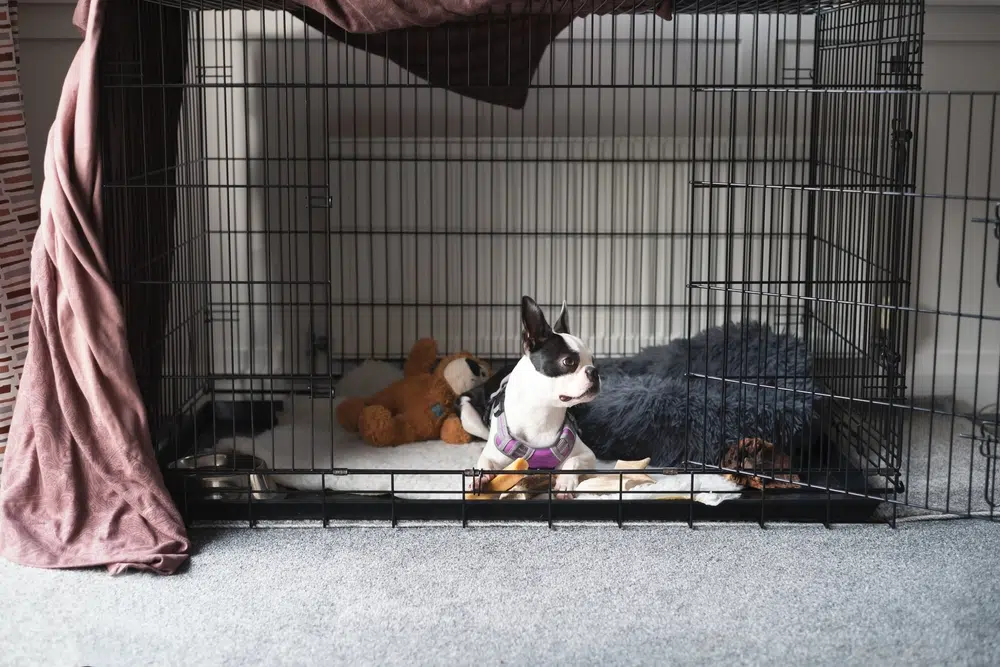

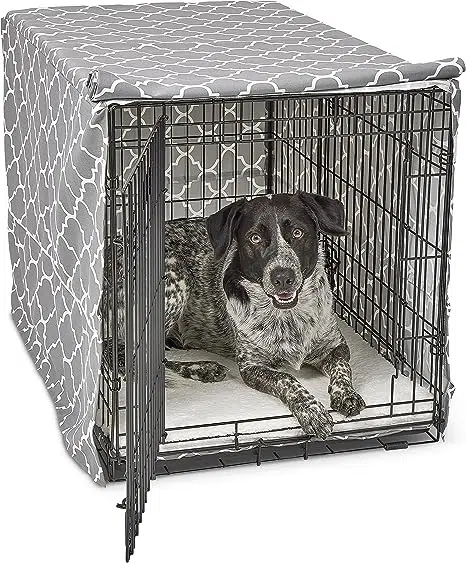
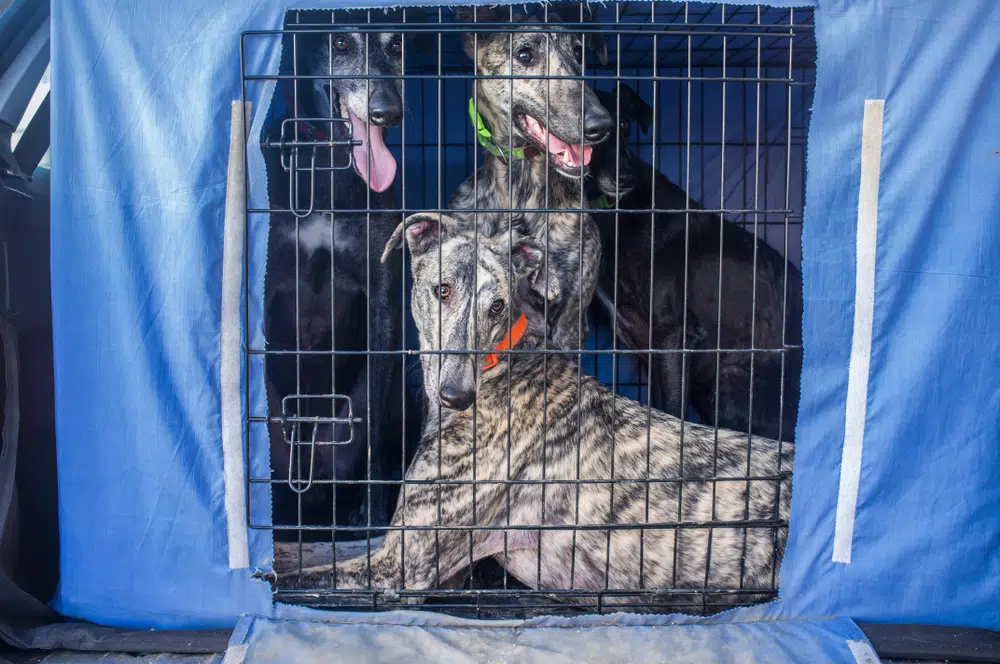
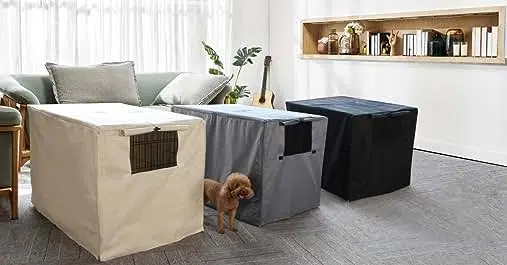
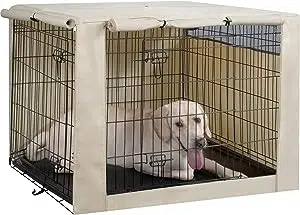
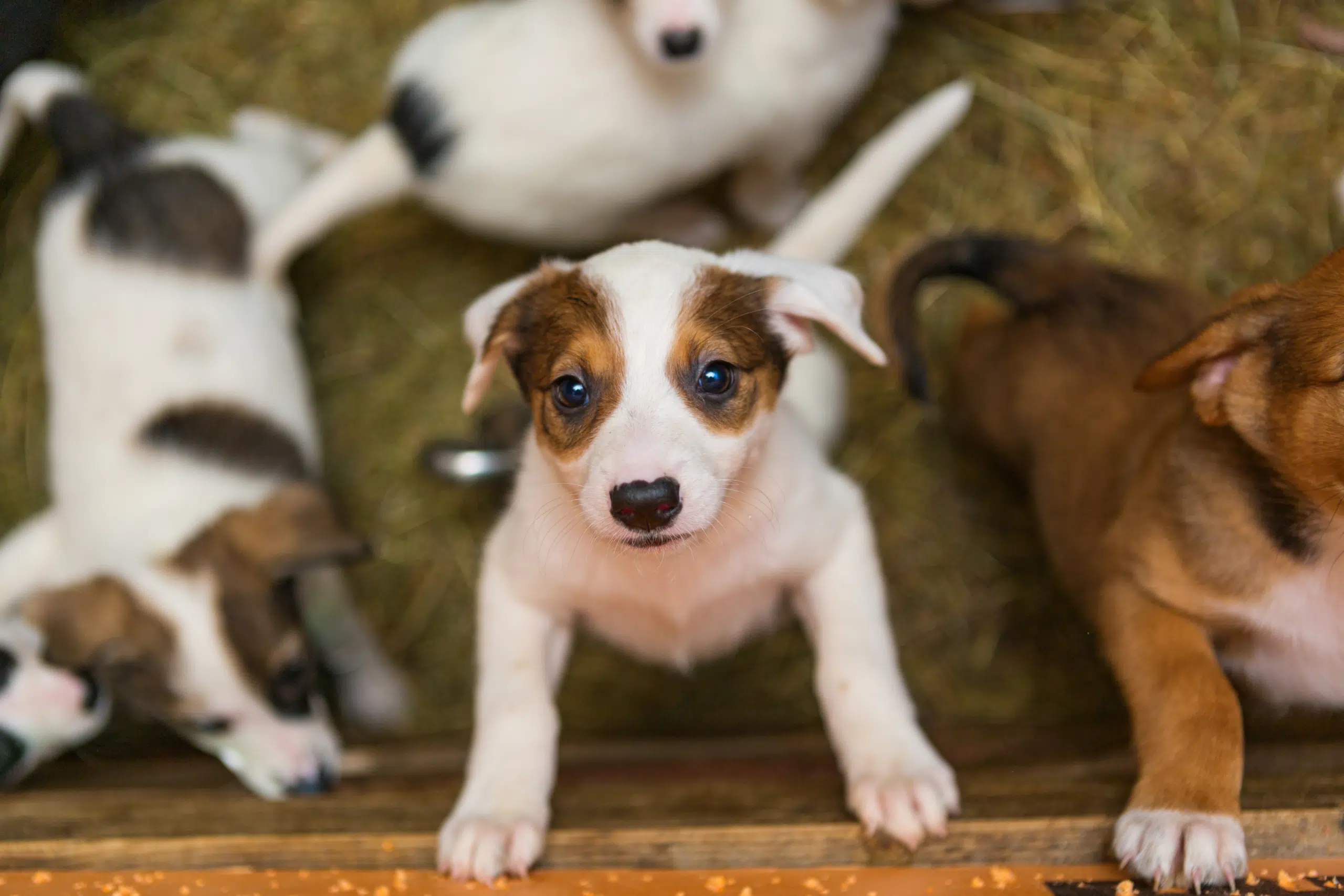



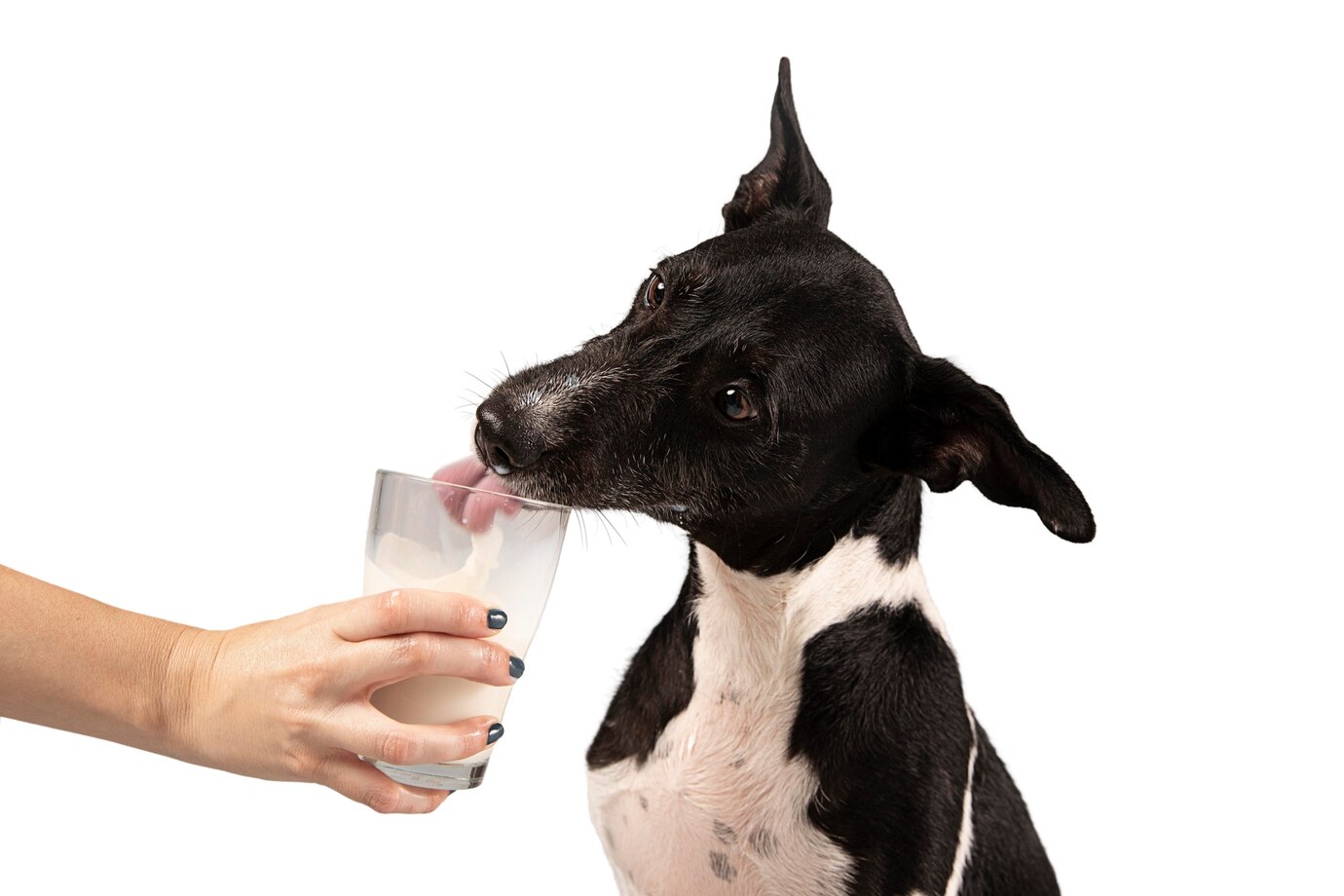

Get involved!
Comments